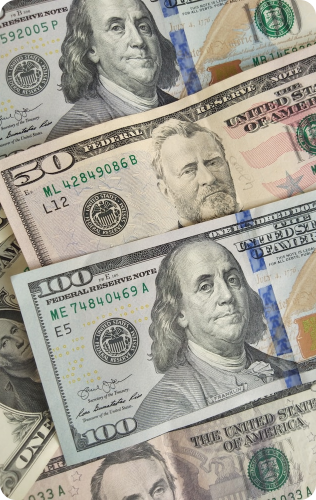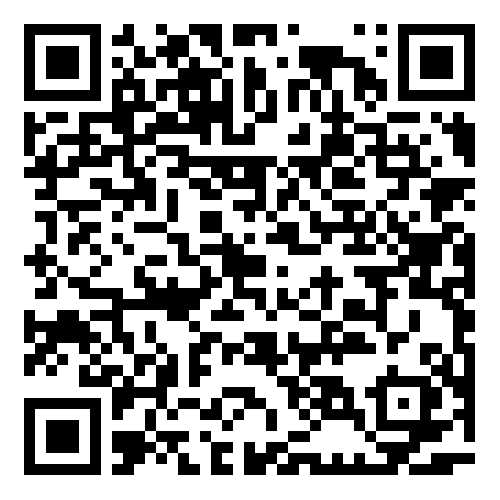






Bridge the Global Market
with BCR
 Multi-Regulated
Multi-Regulated
 Competitive Commission
Competitive Commission
 300+ Global CFDs
300+ Global CFDs
Access 300+ global CFDs
with $3.00 commission per side
Majors, Minors and Exotics, Forex, Spot Metals and Energy, Indices and ASX-listed Stocks, and US Stocks
MetaTrader 5 is now
at BCR
A powerful platform with everything you need to bridge the Global Markets
300+
Products
400:1
Max Leverage
300 USD
Minimum Deposit
0.0+
Spreads
24/5
Client Service
100%
Segregated Client Fund
Trade on Spreads from 0.0+ pips. No requotes. Trade with our diverse and deep liquidity
Trade Majors, Minors and Exotics, Forex, Spot Metals and Energy, Indices and ASX-listed Stocks,and US Stocks in one BCR Account.
Commodity CFDs
Trade Gold, Silver, Brent and WTI Oils with BCR. A customized mini contract is available for Silver.
Share CFDs
Trade Australian and the U.S. shares with leverage. Through our diversified liquidity partners, BCR is able to bring market depth directly from HKEX, ASX and CBOE.
Index CFDs
BCR offers multiple CFD products covering major stock market indices from the UK and Europe, APAC and the U.S.
Forex CFDs
Trade 40+ Majors, Minors and Exotics with BCR, and benefit from our competitive spreads, $3.00 commission per side and up to 400:1 leverage.
Metals CFDs
Take a glance at our competitive spreads for Gold and Silver trade with BCR.
Commodity CFDs
Trade Gold, Silver, Brent and WTI Oils with BCR. A customized mini contract is available for Silver.
Share CFDs
Trade Australian and the U.S. shares with leverage. Through our diversified liquidity partners, BCR is able to bring market depth directly from HKEX, ASX and CBOE.
Index CFDs
BCR offers multiple CFD products covering major stock market indices from the UK and Europe, APAC and the U.S.
Forex CFDs
Trade 40+ Majors, Minors and Exotics with BCR, and benefit from our competitive spreads, $3.00 commission per side and up to 400:1 leverage.
Metals CFDs
Take a glance at our competitive spreads for Gold and Silver trade with BCR.
Customized MetaTrader 4 and MetaTrader 5 from BCR have all the powerful tools that you need to trade on both Windows and mobile devices.
BCR is proud of our 18+ years of commitment to the CFD industry as a multi-regulated investment firm since 2008.
All client funds deposited with BCR are completely separated from the company's operational funds.
BCR is your best choice of intra-day traders, scalpers, copytrade, and robots.
Our dedicated client support team is available 24/5, and our premium account managers have even more availability.

Dow Dips Slightly as Fed Signals No Rush to Cut Rates
The Dow Jones Industrial Average posted a slight loss on Wednesday as investors digested the Federal Reserve’s latest interest rate decision alongside escalating geopolitical tensions in the Middle East. ...
The Dow Jones Industrial Average posted a slight loss on Wednesday as investors digested the Federal Reserve’s latest interest rate decision alongside escalating geopolitical tensions in the Middle East. ...

The Federal Reserve’s policy meeting this week is poised to provide crucial insights into the U.S. economic outlook, although the central bank is not expected to take immediate action on...
The Federal Reserve’s policy meeting this week is poised to provide crucial insights into the U.S. economic outlook, although the central bank is not expected to take immediate action on...







2024-05-13 14:16:13
Points Shop
Start Date 2024-05-12
End Date 2026-12-30
Welcome to explore the BCR Privileged Club, a rewards program set up exclusively for you! Now, every transaction at BCR not only provides you with an unparalleled smooth experience but also allows you to start accumulating points, open one-click exciting redemptions, and participate in member-exclusive events and discounts.
From high-end electronics to exquisite lifestyle accessories, a vast selection of products awaits you! Customized gifts, member-exclusive events, and unexpected surprises are waiting ahead! Log in to your member account, easily check your points balance, and redeem your desired products with one click!
Click to register and start your privileged shopping journey, enjoying the rewards of every transaction!
2023-11-06 05:02:42
It has come to the attention of BCR Co Pty Ltd (BCR/ our Company) that some unidentified parties have made use of our Company name to:
set up a fraudulent company website, the domain corporate name of which is very similar to the company name of BCR; and/or form a fraudulent originating email address and emailed to the general public.
BCR hereby clarifies that we have never set up any website at:
Our Company has no connection whatsoever with the contents of the above-mentioned fraudulent websites and/or fraudulent emails. Please do not visit the aforesaid fraudulent websites, respond to the email, or visit any websites mentioned therein from the fraudulent email addresses, or provide any personal information to the email senders or such websites.
BCR is concerned about the issue and has reported the case to the proper authorities. Our Company reserves all legal rights against all parties involved in the incident. If any of our customers receives an email from the fraudulent email address, please contact BCR's customer service department immediately.

Ready to get started?
Subscribe to our Newsletter
Subscribe to our Newsletter
Risk Disclosure:Derivatives are traded over-the-counter on margin, which means they carry a high level of risk and there is a possibility you could lose all of your investment. These products are not suitable for all investors. Please ensure you fully understand the risks and carefully consider your financial situation and trading experience before trading. Seek independent financial advice if necessary before opening an account with BCR.
Jurisdiction Notice:Our services are not intended for residents of the United States & Canada, and we do not intend to distribute or use the provided information in any country or jurisdiction where it would be contrary to local law or regulation. It is important that you read and consider the relevant legal documents associated with your account, including the Terms and Conditions issued by BCR before you start trading. BCR Co Pty Ltd is regulated by the British Virgin Islands Financial Services Commission, Certificate No. SIBA/L/19/1122. The Registration Number in the BVI is 1975046. The Registered Address of the Company is Trident Chambers, Wickham’s Cay 1, Road Town, Tortola, British Virgin Islands.
Risk Disclosure:Derivatives are traded over-the-counter on margin, which means they carry a high level of risk and there is a possibility you could lose all of your investment. These products are not suitable for all investors. Please ensure you fully understand the risks and carefully consider your financial situation and trading experience before trading. Seek independent financial advice if necessary before opening an account with BCR.
Jurisdiction Notice:Our services are not intended for residents of the United States & Canada, and we do not intend to distribute or use the provided information in any country or jurisdiction where it would be contrary to local law or regulation. It is important that you read and consider the relevant legal documents associated with your account, including the Terms and Conditions issued by BCR before you start trading. BCR Co Pty Ltd is regulated by the British Virgin Islands Financial Services Commission, Certificate No. SIBA/L/19/1122. The Registration Number in the BVI is 1975046. The Registered Address of the Company is Trident Chambers, Wickham’s Cay 1, Road Town, Tortola, British Virgin Islands.















